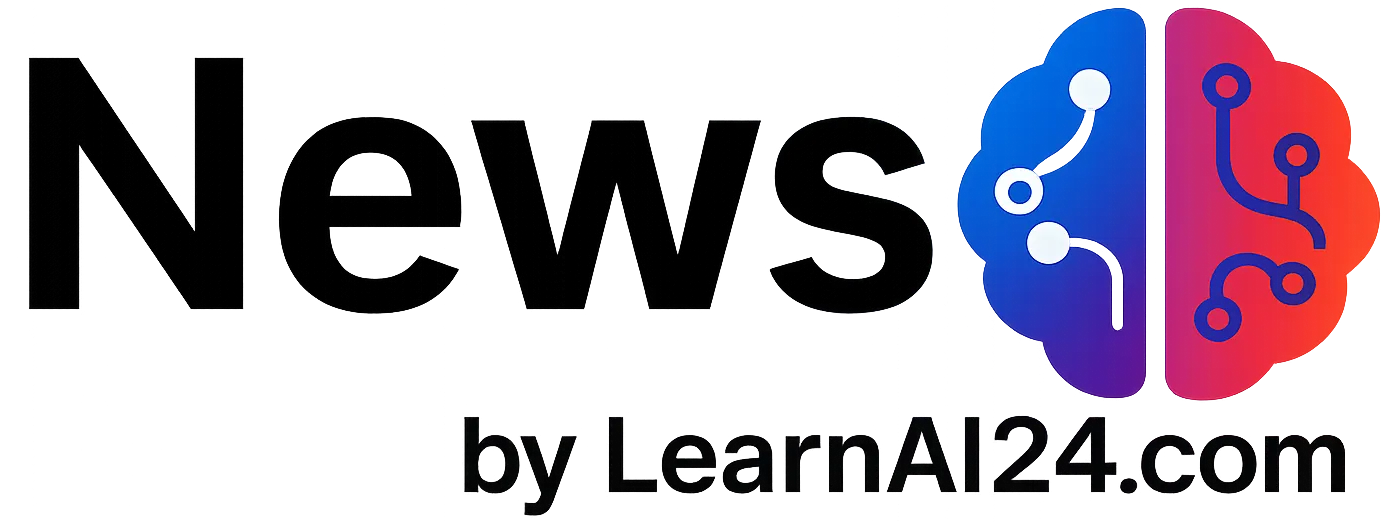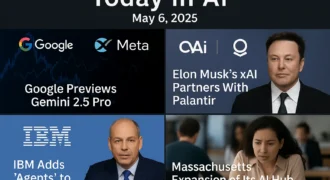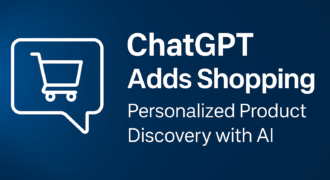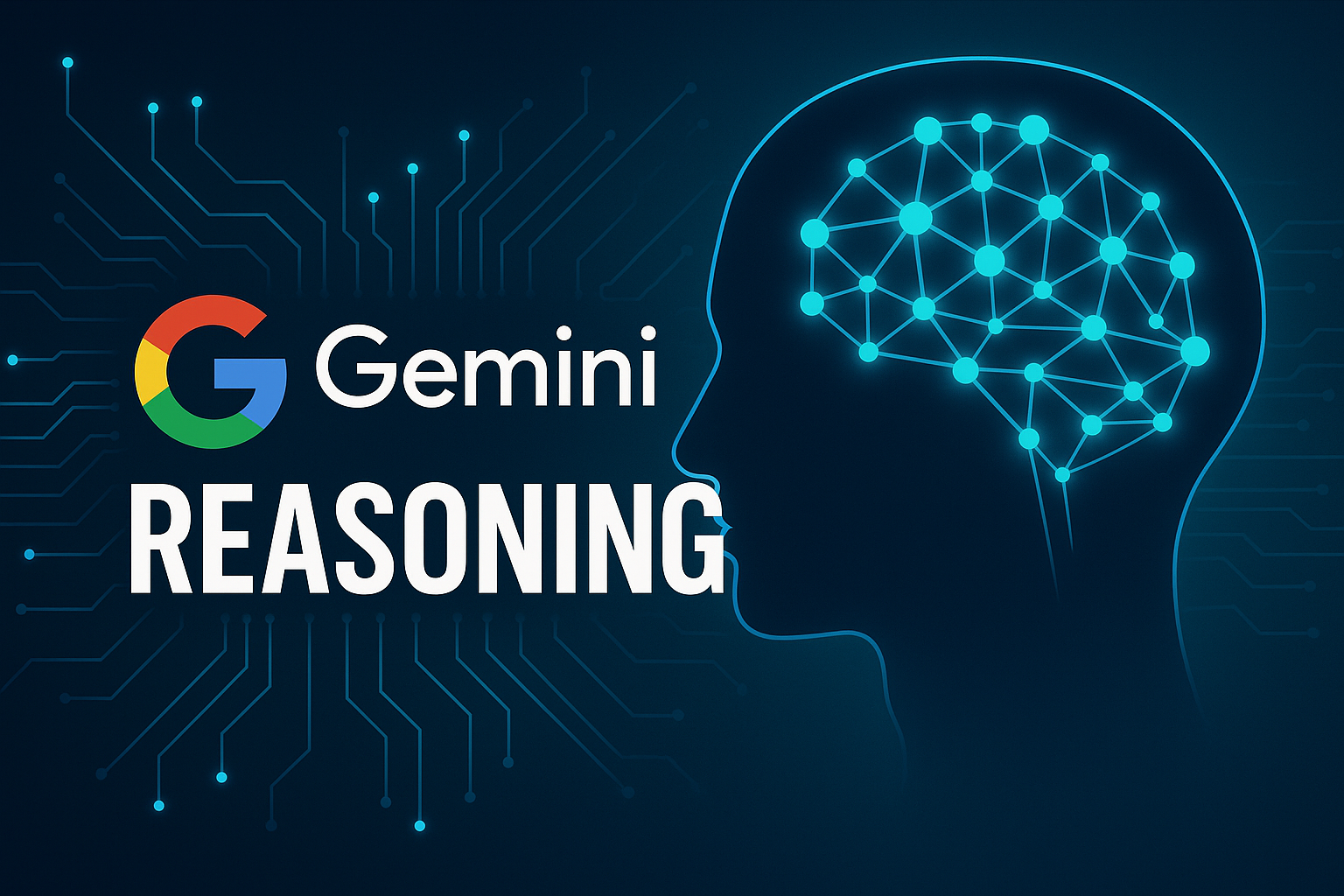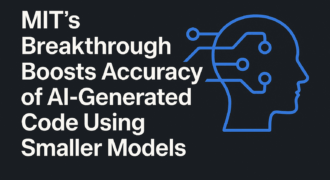ChatGPT just got a memory. It sounds small — but it changes everything about how we interact with AI.
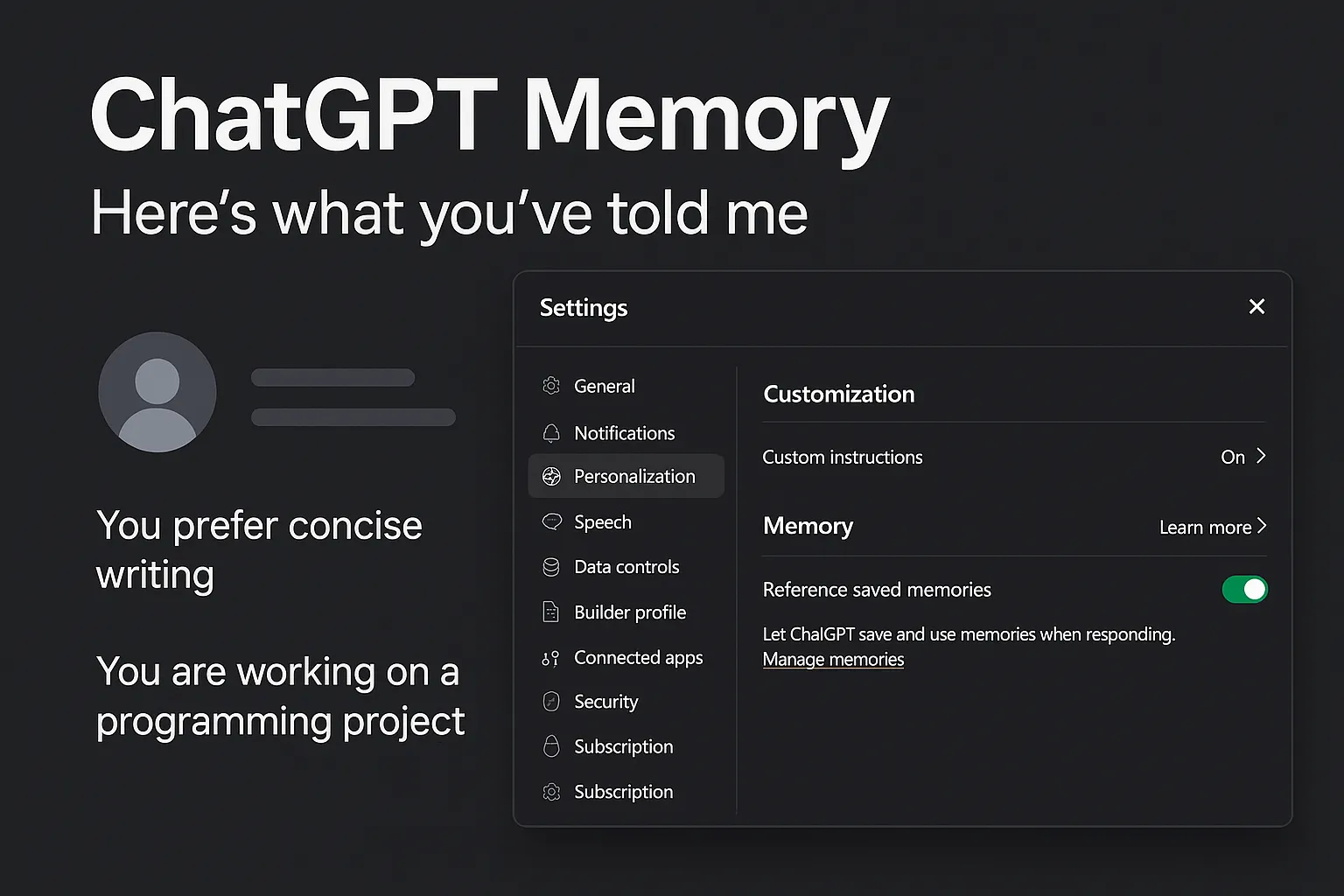
Image: OpenAI / LearnAI24.com
OpenAI has started rolling out a new memory feature for ChatGPT — and it’s a big one. With memory enabled, the AI can now remember things about you between chats: your preferred tone, topics you often ask about, even personal details like goals or writing style. It’s available now for Plus and Pro users outside the EU, with a broader rollout planned for later in 2025.
Until now, every conversation with ChatGPT was like starting fresh. That’s over. From now on, the AI can build a profile based on your past interactions. You won’t need to repeat yourself. The system adapts, remembers, and offers more relevant answers as time goes on.
What does that look like in real use? Developers get code suggestions that fit their habits. Writers can pick up drafts without re-explaining the context. Teams using AI for client work don’t have to brief the assistant every time. It’s a small change on the surface — but one that makes the AI feel more like a helpful companion than a blank-slate tool.
And yes, you’re in control. Memory can be turned off entirely, and individual entries can be edited or deleted via a dedicated dashboard. Whenever ChatGPT updates its memory, it’ll let you know. Here’s the official announcement if you want the full breakdown.
Technically speaking, this memory doesn’t work like a chat transcript. Instead, it stores key data in what’s called a persistent vector space — separate from the regular conversation tokens. In simpler terms: it remembers the important stuff, not every word. This lets the system fetch useful details across sessions without having to scroll through old chats.
So far, memory covers things like writing tone, frequent goals, or repeated questions. It’s not meant to replace your notes — but it does help the assistant become more useful over time. And yes, you can view what it knows. In my own case, it’s already logged dozens of preferences — but only the ones I allowed.
From a productivity angle, this unlocks all kinds of use cases. Imagine prompting ChatGPT and getting a response that matches your usual format. Or skipping the “explain again” part of your workflow entirely. For teams, the benefit is obvious: you get consistency, even across multiple sessions or team members.
What sets this apart from tools like Replika or Pi — which also offer some kind of memory — is scale. OpenAI’s system is designed to generalize across millions of users without needing one-off training. It’s modular, runs in the background, and stays out of the way unless you want to check in.
That said, the rollout hasn’t been controversy-free. Privacy advocates are raising eyebrows at the idea of long-term behavioral tracking — even with consent. What if memory data is used for training, personalization, or targeting later on? OpenAI insists it won’t be, and that memory data is siloed. Still, without third-party audits, the trust question lingers.
The legal side is evolving too. With the EU’s AI Act on the horizon, companies like OpenAI may soon be required to explain how memory works under the hood: where it’s stored, how it’s used, and how users can export or delete it. These rules could have real impact — especially in regulated sectors like education, healthcare, or public services.
In a Nutshell:
ChatGPT’s memory update marks a shift from reactive tool to proactive assistant. It helps with consistency, saves time, and personalizes the experience — but it also brings new responsibilities around privacy and transparency.
Looking ahead, this feature might become the foundation for much more: task automation, goal tracking, even building your own workflows within ChatGPT. It’s not just about remembering your favorite topics — it’s about building continuity. And once that happens, AI stops feeling like a one-time tool and starts becoming something closer to an intelligent partner.
Sources
🗓 Article published on April 28, 2025 · Last verified on April 28, 2025
